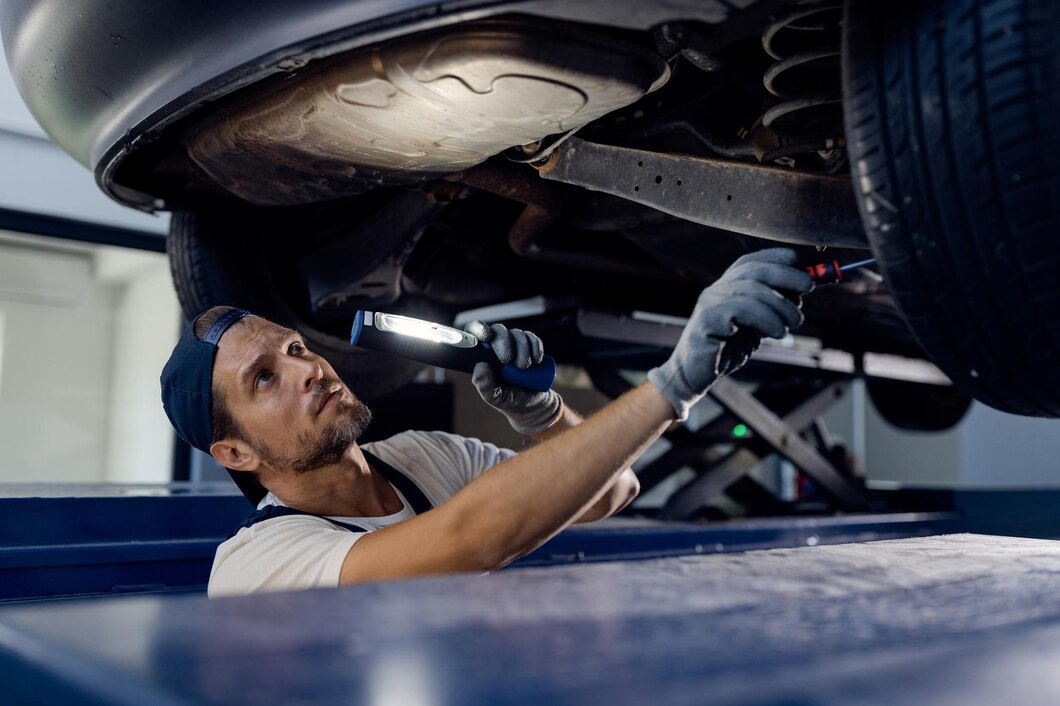The shocks (or shock absorbers) are an essential component of your vehicle’s suspension system, responsible for maintaining stability, control, and comfort while driving. Over time, shocks can wear out due to regular use and exposure to road conditions, leading to diminished performance and safety hazards. Recognizing the early signs of worn-out shocks can help you address issues before they escalate into more serious problems. Here are the key indicators that your car’s shocks may need attention.
1. Excessive Bouncing
One of the most noticeable signs of worn-out shocks is excessive bouncing or bouncing that persists after hitting a bump or pothole. Healthy shocks should effectively absorb the impact of bumps and provide a smooth ride. If your car feels bouncy or floats excessively over bumps, it could indicate that the shocks are no longer functioning properly.
2. Poor Handling and Stability
Worn-out shocks can compromise your car’s handling and stability, especially during turns or sudden maneuvers. You may notice increased body roll, where the car leans excessively to one side, or a feeling of instability when changing lanes or driving at high speeds. This lack of control can pose a safety risk, particularly in emergency situations.
3. Uneven Tire Wear
Shocks play a crucial role in maintaining proper tire contact with the road surface. When shocks are worn out, they cannot effectively control the movement of the wheels, leading to uneven tire wear. Look for signs of uneven tire tread wear, such as bald spots, cupping, or scalloping, which can indicate a problem with the shocks or suspension system.
4. Excessive Nose Diving or Squatting
When braking or accelerating, your car should maintain a level stance. However, worn-out shocks can cause the front end of the car to dive forward excessively during braking or the rear end to squat down during acceleration. This nose diving or squatting motion can affect braking distance, stability, and overall driving comfort.
5. Vibration or Shaking
Worn-out shocks can contribute to increased vibration or shaking in the vehicle, especially at higher speeds. You may feel a noticeable vibration in the steering wheel, seats, or floorboards, particularly when driving over rough roads or uneven surfaces. This vibration can indicate that the shocks are no longer effectively dampening road vibrations.
6. Delayed Response to Steering Inputs
If your car feels less responsive to steering inputs or requires more effort to turn, it could be a sign of worn-out shocks. Healthy shocks help maintain tire contact with the road, improving steering responsiveness and control. When shocks are worn out, steering may feel loose or imprecise, making it harder to maintain a straight line.
7. Knocking or Clunking Noises
Worn-out shocks can produce knocking or clunking noises, particularly when driving over bumps or rough terrain. These noises occur as the worn-out shocks struggle to control the movement of the suspension components, resulting in excessive play and noise. Pay attention to any unusual sounds coming from the suspension system, as they could indicate a problem with the shocks.
8. Visible Signs of Leakage
Inspect the shocks for any visible signs of leakage or fluid seepage. Worn-out shocks may develop leaks from the seals or bushings, causing hydraulic fluid to leak out. If you notice oily residue or fluid buildup around the shock absorbers, it could indicate a leak and the need for replacement.
The shocks are critical for maintaining stability, control, and comfort while driving. Recognizing the early signs of worn-out shocks can help you address issues before they escalate into more serious problems. If you notice any of the symptoms mentioned above, such as excessive bouncing, poor handling, uneven tire wear, or unusual noises, it’s essential to have your car’s shocks inspected by a professional mechanic. Timely replacement of worn-out shocks will help ensure your vehicle continues to perform safely and efficiently on the road.











